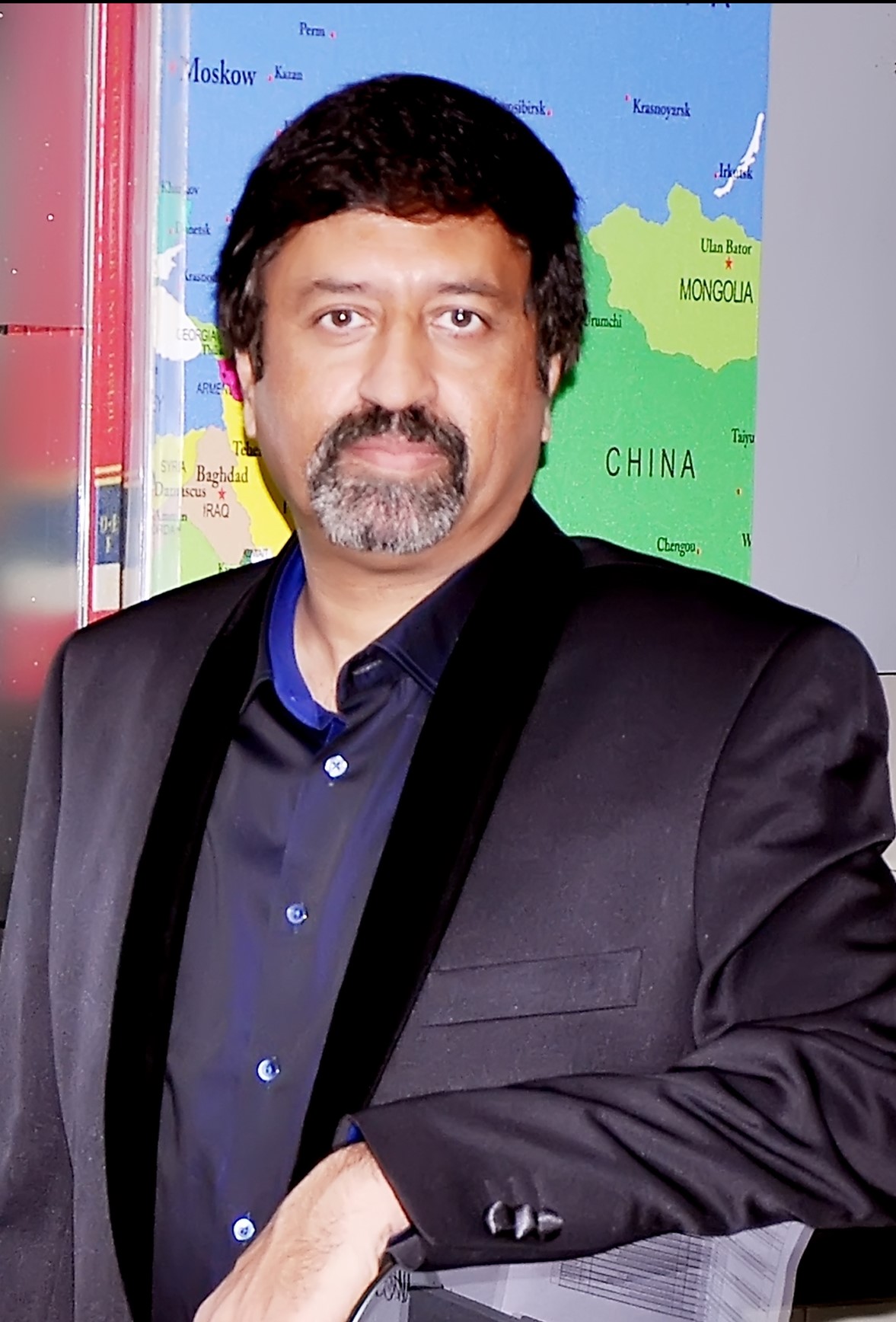The suspension of two talented young cricketers recently due to their off-field demeanour points to two pertinent things: one, professionalism and success are not just about performance on the field, and two, the pressing need for sound Public Relations advice for people under constant public glare. Whatever is the nature of the recent episode, there is no denying the fact that professional efforts are required to build a public persona—to ensure the person is socially aware and responsible, gender sensitive, and doesn’t offend anyone.
Undoubtedly, PR has become a critical strategy of any brand management exercise, more so today than ever—whether the brand is a celebrity, a politician, a product, a service or even a nation.
But the role of PR today is not what it used to be many years ago. Today it has taken on a newer and bigger dimension, starkly different from what it used to be.
Transition in the last few decades
In the early 70s, the PROs, as they were called, were mostly seen in government departments, banks, and PSUs. They were mainly liaison officers, transport managers and sometimes travel agents too. In short, the PRO was an odd-jobs person with a status like an executive secretary to the chairman or managing director, accompanying the Bureaucrat to ministry-level meetings.
Over the years, with outsourcing becoming more commonplace, PR was no longer an in-house function. As companies understood the importance of PR in the competitive marketplace, the task was outsourced to professional agencies well-versed in the art of managing people.
The mundane role became more well-defined. Media relations became a vital part of the job, comprising assignments like creating press release content, reaching out to the media, arranging press conferences and meetings of company spokespersons with the press, maintaining professional relationships with journalists, and attending to Public Affairs functions like lobbying with the government for positive business output & media advocacy to influence the policy bills.
With so much conversation happening online, and in traditional media too, the role of the PR professional has transformed significantly to encompass a gamut of functions. The PR professional now has to don multiple hats, that of an image consultant, a brand manager, a liaison officer, and a media coordinator, among many others. This means PR professionals have to upskill themselves in technology, social media etiquette and other new-age skills.
Let’s look at the skills that modern-day PR professionals have to possess in their repertoire.
- Articulate and analytical – Today, a PR executive has to be more understandable, interpret better and be a good conversationalist too.
- Socially savvy and globally aware – As companies go global, PR professionals have to be more aware of what works in a genuinely international set-up, transcending boundaries of language, geography, and region. Knowledge of diverse cultures, awareness of social norms and nuances across different regions, and language proficiency are big plusses in today’s age.
- Well-informed about various topics – People who engage in forums convene debates and moderate panel discussions are sought after by corporate.
- Manage media – Some PR functions never go obsolete, and this is one of them. PR professionals should be able to talk to the press and present their views in a professional manner and network with journalists across the world to strengthen the organisation with positive media imprints.
- Media education – A good PR person should train CXOs on how to handle the media and draft relevant question-and-answer sessions for them. The training should involve aspects like gender sensitisation, social awareness and avoiding stereotyping.
- Crisis handling – Today, thanks to technology, any situation can blow up into a crisis in no time. PR professionals should be able to think on their feet and rise to the situation to save the day without getting hassled.
- Tech-savviness – Needless to say, the PR professional should be aware of trends in technology, social media, and digital marketing to advise clients appropriately.
- People-centric – No matter what changes have happened, one thing has remained constant – PR is still about people, and it will continue to be so. Thus, empathy, sensitivity, patience and tolerance are essential traits that need to be nurtured to maintain relationships for a lifetime.
Today, PR includes relationship management and image building by managing media and information flow. It also involves strong internal communication across all levels of the organisation, consulting, and engaging in trade body associations for networking opportunities. As a result of this, PR has become more complex, intricate and challenging than earlier.
The views expressed here are that of the author and do not necessarily reflect that of Reputation Today.



Be the first to comment on "The Changing PR Landscape"